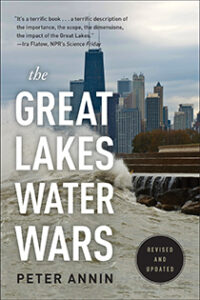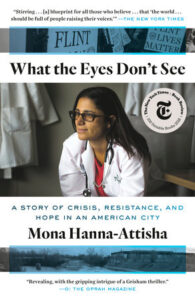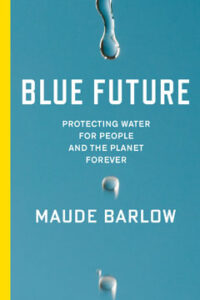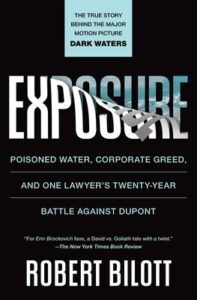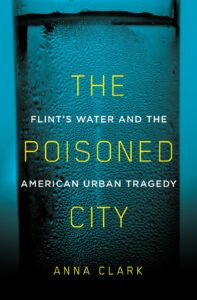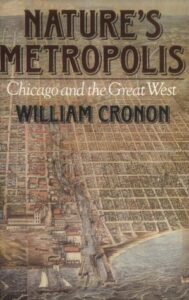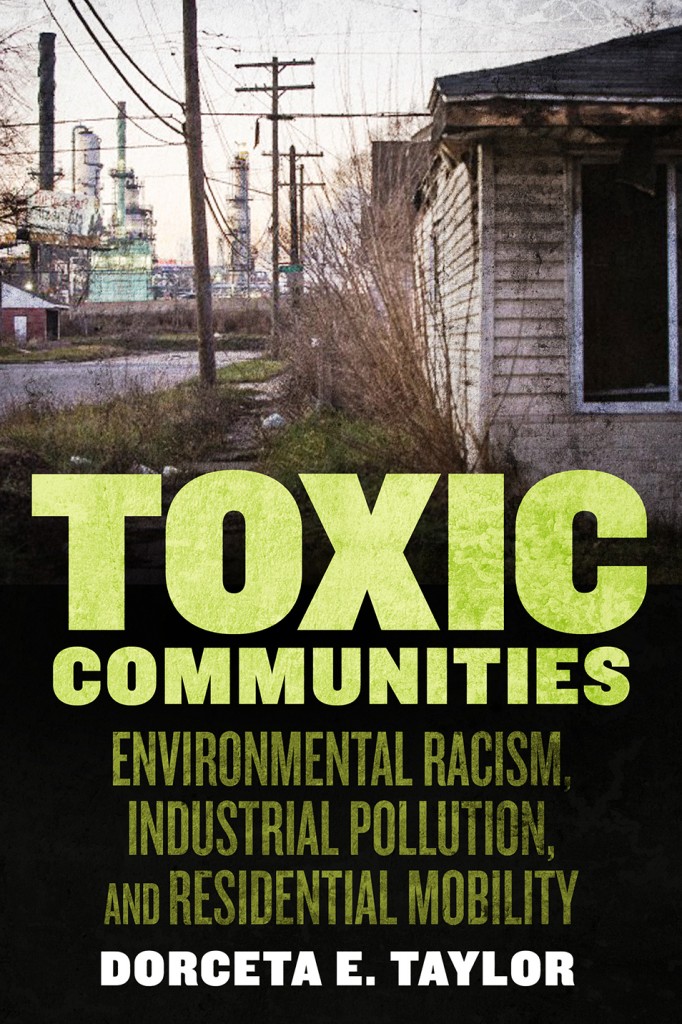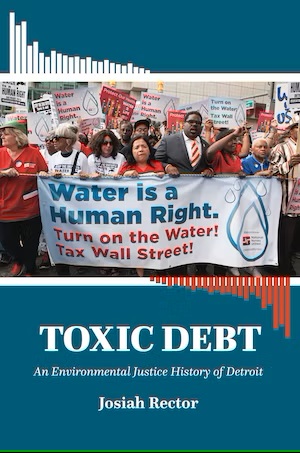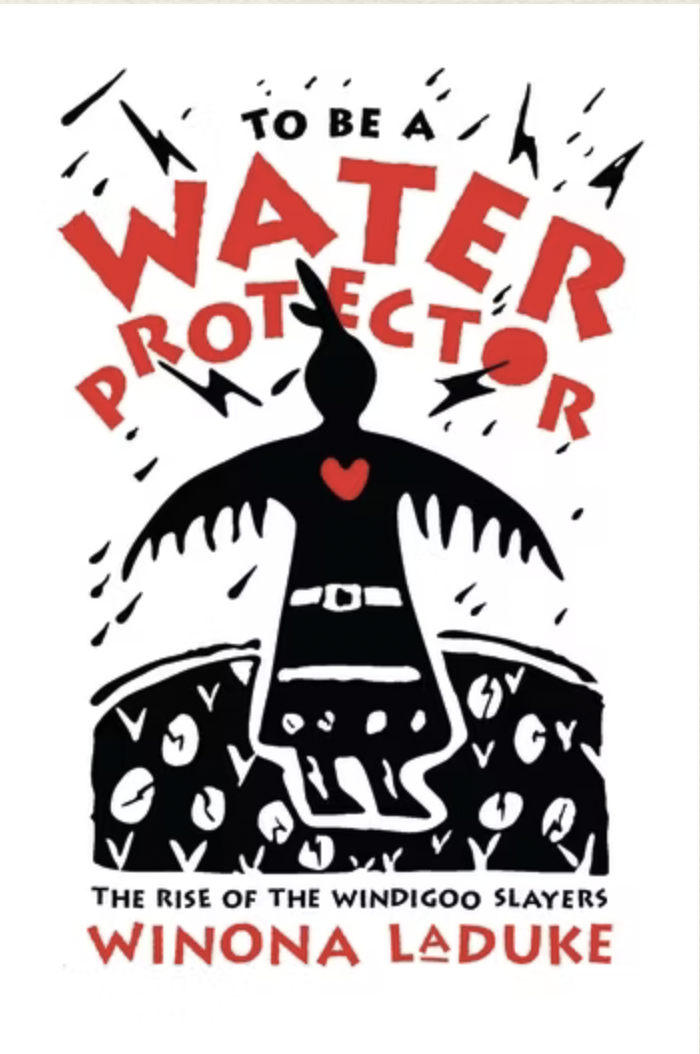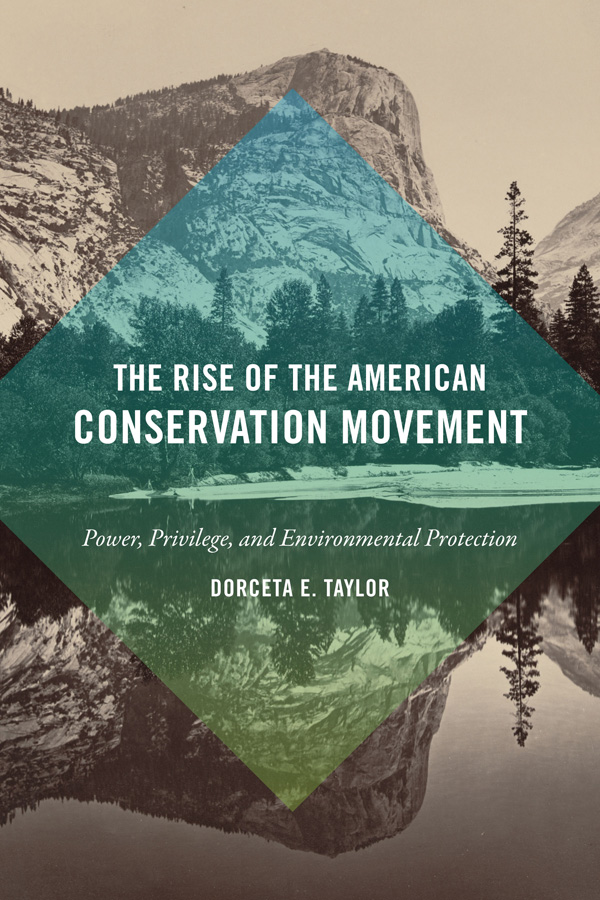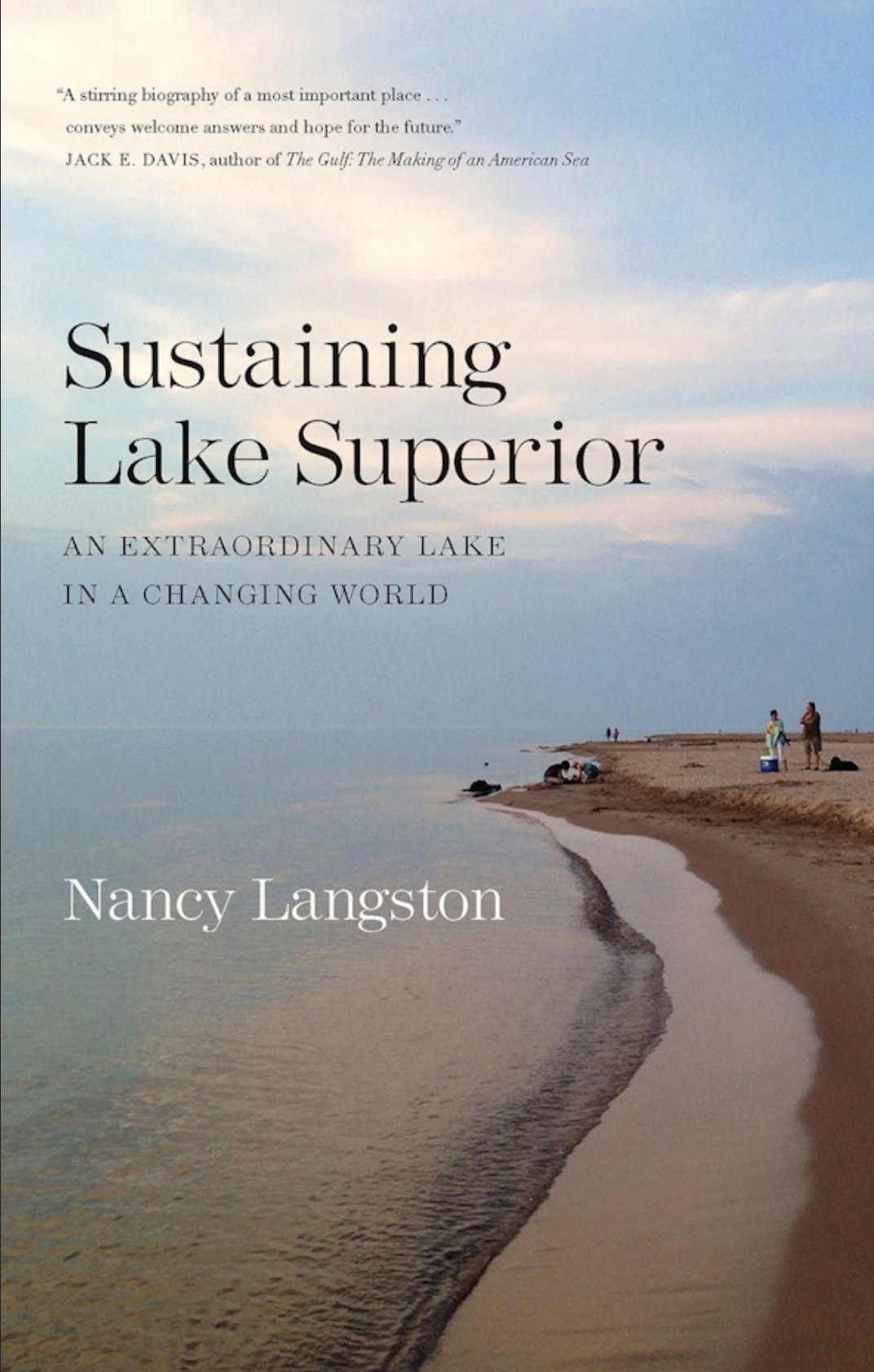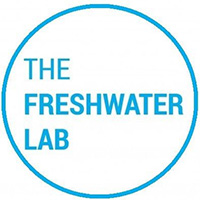Common Terms
Industrial Corridors
Industrial Corridors are plots of land that were grouped together by the city and designated as places focused on industrial operations such as manufacturing, warehousing and chemical refineries. These 26 corridors are located close to waterways, railroads and highways. Of the 26, 15 Industrial Corridors contain within them Planned Manufacturing Districts, which are zoned for specific types of operations without requiring community meetings or additional city approvals beyond the Chicago Plan Commission.
Disenfranchisement
While disenfranchisement is usually used in reference to depriving a person of the right to vote, it also refers to depriving a person of any of their rights as a citizen or member of a community or organization. We use it here to address the ways in which people’s right to clean and affordable drinking water is taken from them.
Privatization
Privatization is the transfer of ownership, operations, and/or profits from the government and the public to the private sector. This can happen in direct ways such as when public infrastructure like drinking water systems are sold to private corporations. And it can happen in less direct ways such as when rights to fresh water, which we care for and access collectively, are transferred to private corporations and enable them to make private profits.
Combined Sewer Flow
Once a sequestering swamp, the Windy City meets water with cement and storm drains that fill quickly. During a heavy rainstorm, the whole system fills and drains have nowhere to empty. In a kind of revenge of the sewers, they reverse course to bring the flush back up to the surface and pour into the river. This is called a combined sewer overflow (CSO) when built infrastructure can no longer contain water. The giant gate between Lake Michigan and the Chicago River is meant to suck lake water into the canal. But, its opening is a two-way street through which all that has spilled into the river can be released to prevent the city from flooding. In this way, the backward river pollutes the lake, the source of drinking water, doing the exact thing it was designed to prevent. Click here.
Enclosure
Enclosure of our public spaces, institutions and natural elements is a means by which our access to them becomes reduced or restricted.
Slow Violence
“Violence that is neither spectacular nor instantaneous but instead incremental, whose calamitous
repercussions are postponed for years or decades or centuries [. . .] exacerbates the
vulnerability of ecosystems and of people who are poor, disempowered, and often involuntarily
displaced, while fueling social conflicts that arise from desperation as life-sustaining
conditions erode.”
—Rob Nixon
Environmental Racism
The disproportionate burden of environmental hazards are borne by people of color, including toxic waste facilities, fossil fuel-related operations, infrastructure like major highways, and other high pollution facilities. This is not accidental, but rather is the result of systemic policies and practices that effectively place communities of color and low-income communities in closest proximity to these industries.
Environmental Justice
The communities most burdened by environmental hazards and with the most at stake in environmental policies have the solutions and are leading in the struggles for clean water and healthy communities, despite often being excluded from decision making or exploited for their outreach efforts. Read more from Dr. Antonio López on our Freshwater Stories website.
Environmental Personhood
Informed by Indigenous thought, a new movement is underway that relates to water not as a ‘what’ but as a ‘who.’ This movement recognizes the personhood of rivers and other water bodies, seeing them as holders of rights and living beings in relationship with others. Water is not passive or something to be pressed into human service, but a living person deserving of reciprocal relationships and respect. Click here.
Inhabitation
Amid the difficulties of the 21st Century, positioning oneself as an inhabitant of the watershed opens new political possibilities. This approach can help to acquaint people with their water, local ecosystems and basin neighbors. It can realign our dichotomies of citizen and alien, old timer and newcomer to position everyone present in a place as an inhabitant whose wellbeing is dependent on collective decisions and actions. In the 21st century, inhabitation also involves confrontation with the degree to which our watersheds have been engineered. The relationships between people and water, as well as among people, are mediated by infrastructure. Tunnels convey rainwater beyond its drainage patterns, rivers are dammed to pool water, locks and canals hasten the movements of boats, and the metal of service lines ultimately determine how safe our water is to drink.
Just Transition
Community residents and workers are centered and act as leaders in the process of shifting away from dirty industry and towards healthier jobs, leisure and recreation that can spur economic growth. Click here.
Watershed
Bioregion, basin and watershed are synonyms that describe the differentiation of space sculpted by the flow of water. If we want to mince words, then we could stress the aquatic basis of the watershed and position the bioregion as encompassing soil, plants, animals, even history and culture. Rain, in particular, carves the boundaries of the watershed. When rain falls, it interacts with the slope of landscape to drain into particular streams, rivers, lakes and aquifers. How a particular drop moves on the ground outlines the contours of the watershed, establishing interconnections among bodies of water, soil types and plants. Unlike drawn borders that etch separation into geography, the gradients of a watershed support the holistic workings of an ecosystem.
In social terms, the idea of the bioregion promotes an orientation that centers one’s life-giving waters and a sense of interconnection to the other people and species who share the same water source. It presents a powerful way to think about one’s location that transcends while resting on the geophysical stratum beneath borders. A relationship with one’s water source can position a person as an inhabitant of place. It can also form the basis for relationships with everyone else who draws from it.
The Commons
This refers to all that we inherit, share, and pass on to future generations. They can be elemental (water, air, soil, seeds), cultural (creative expressions, technical innovations), and social (public spaces, services, and institutions). Their scale can be small (the kitchen table or a water fountain) or global (radio frequencies or the oceans). The commons, and more importantly the actions and values that define and sustain the commons - ‘commoning’ - are ancient. Rather than ownership and scarcity, commons are defined by how they are shared and generate abundance for a diversity of neighbors, including non-human life. Read more from Paul Baines on our Freshwater Stories website.


